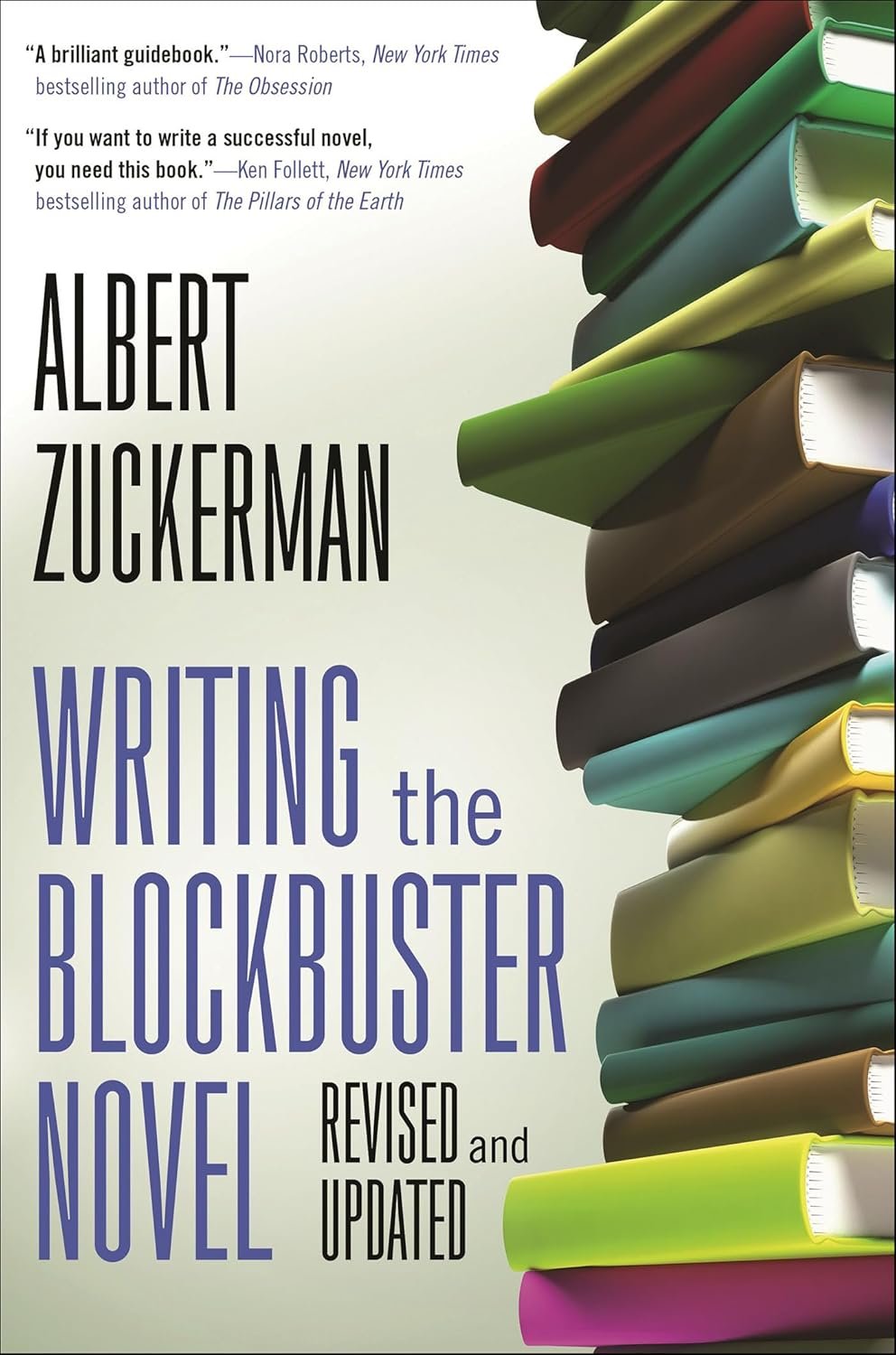
24 Sep Crafting the Next Bestseller: Unpacking the Secrets of “Writing the Blockbuster Novel”
A Journey Through Zuckerman’s Wisdom: Writing the Blockbuster Novel
As a book blogger and a self-proclaimed story enthusiast, I often find myself on the lookout for resources that can help elevate my writing game. So, when I stumbled upon Writing the Blockbuster Novel by Albert Zuckerman, a legendary literary agent whose insights have guided the likes of Ken Follett and Daniel Brown, I felt a spark of hope. Could this book really contain the golden keys to transforming my narrative ambitions into bestseller realities?
Zuckerman’s revised edition is rich with insights illuminating the structure of what makes a novel a blockbuster. One of the standout features of the book is Zuckerman’s methodical dissection of classic works—like Gone With the Wind and The Godfather—to illustrate his points. For someone like me, who often grapples with the nuances of plot and character, seeing how these iconic stories weave together high stakes, multi-dimensional characters, and tension-filled arcs was illuminating. Each analysis felt like peeking behind the curtain at the intricate machinery of storytelling—an honest look at the craftsmanship behind the words.
Incorporating specific examples from renowned authors, including a fresh analysis of Nora Roberts’s The Witness, Zuckerman emphasizes the importance of not just having a good idea but the essential elements that align your manuscript with commercial success. One of the testimonials from Dan Brown really struck home: “I was halfway through writing my first novel when I was given a copy of Writing the Blockbuster Novel.” It’s easy to understand why Zuckerman’s advice was so pivotal for Brown and countless other writers, as his guidance feels both timeless and data-driven.
What I found particularly engaging was Zuckerman’s discussion of the six building blocks crucial for any writer hoping to reach the summit of the bestseller list—high stakes, larger-than-life characters, an explosive premise, multiple viewpoints, captivating settings, and a strong foundation for suspense. As a writer myself, thinking of these elements as foundational rather than formulaic was refreshing, allowing room for creativity while still aiming for mass appeal.
While the book shines in its practical advice, Zuckerman’s writing style is approachable, filled with warmth and clarity. It’s structured in such a way that I often felt as if I were having a personal conversation with a mentor who genuinely cares about seeing his readers succeed. Indeed, one of my favorite moments is when Zuckerman states, “You can be a skillful writer, yet still buck the odds; understanding these rules will only enhance your craft.”
For aspiring authors and even seasoned writers looking for a refresher on crafting compelling narratives, Writing the Blockbuster Novel offers immense value. Whether you’re navigating the rough seas of traditional publishing or aiming to self-publish, the knowledge contained in these pages shines a guiding light.
In a world that often feels cluttered with overly simplistic writing guides, Zuckerman’s book stands as a beacon of genuine insight—one that genuinely made me reconsider how I approach plotting in my own work. Ultimately, readers who wish to create vivid, gripping tales that not only resonate with readers but also hold the potential to capture publisher interest will find a wealth of knowledge here.
Having put this book down, I am left not just with technical know-how, but with renewed motivation to delve back into my writing. If you share a love for literature and aspire to participate in the narrative shaping of our time, Writing the Blockbuster Novel deserves a place on your shelf.
You can find Writing the Blockbuster Novel here >>









